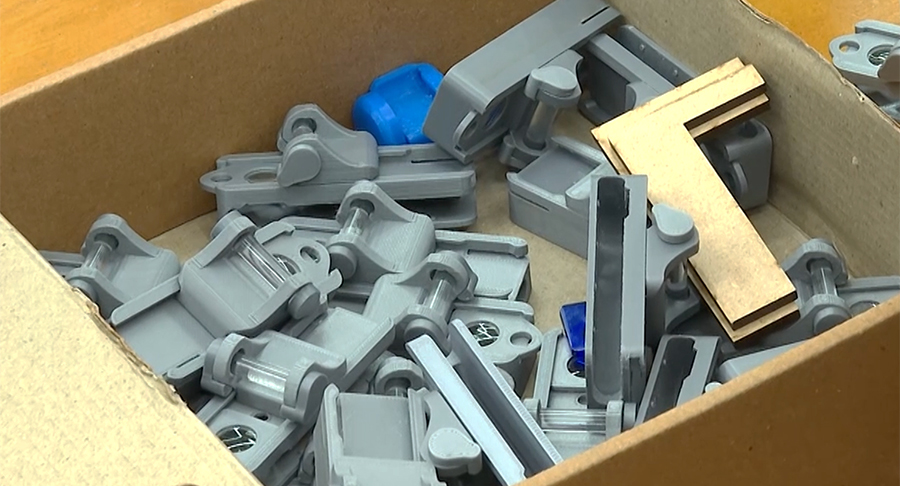 The Jigme Namgyel Wangchuck Super FabLab has locally manufactured 75 units of the slit used in the Smart Eye Camera used for detection of eye diseases. Of these, 25 units have been distributed domestically, while 50 units have been supplied to OUI Inc. a Japanese start-up. According to the Jigme Namgyel Wangchuck Super FabLab, this marks its first international partnership in local fabrication. The collaboration has not only established commercial ties with OUI Inc. but has also created opportunities for future partnerships with other international companies.
The Jigme Namgyel Wangchuck Super FabLab has locally manufactured 75 units of the slit used in the Smart Eye Camera used for detection of eye diseases. Of these, 25 units have been distributed domestically, while 50 units have been supplied to OUI Inc. a Japanese start-up. According to the Jigme Namgyel Wangchuck Super FabLab, this marks its first international partnership in local fabrication. The collaboration has not only established commercial ties with OUI Inc. but has also created opportunities for future partnerships with other international companies.
 The Jigme Namgyel Wangchuck Super FabLab began full in-house production of the device using its own machines and skilled technicians last year.
The Jigme Namgyel Wangchuck Super FabLab began full in-house production of the device using its own machines and skilled technicians last year.
OUI Inc. is now integrating the locally manufactured slit for the Smart Eye Camera into its global operations. This device plays a crucial role in the early detection of potential eye diseases.
According to the Chief Hardware Engineer, the device is not only being utilized but also sold internationally.
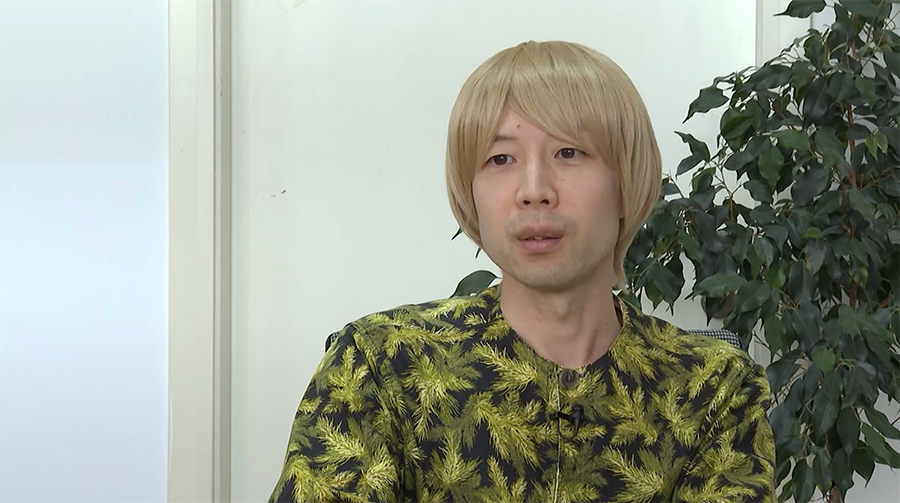 Ryota Yokoiwa, Chief Hardware Engineer of OUI Inc. said “I previously worked at a FabLab in Japan, making me an expert in digital fabrication. Our device is also produced using a 3D printer. When we learned that the Super FabLab in Thimphu had a 3D printer, we saw the potential for manufacturing the device there. We approached them with the idea, and they agreed to produce it. Now, we are using the device and selling it internationally, including in African countries.”
Ryota Yokoiwa, Chief Hardware Engineer of OUI Inc. said “I previously worked at a FabLab in Japan, making me an expert in digital fabrication. Our device is also produced using a 3D printer. When we learned that the Super FabLab in Thimphu had a 3D printer, we saw the potential for manufacturing the device there. We approached them with the idea, and they agreed to produce it. Now, we are using the device and selling it internationally, including in African countries.”
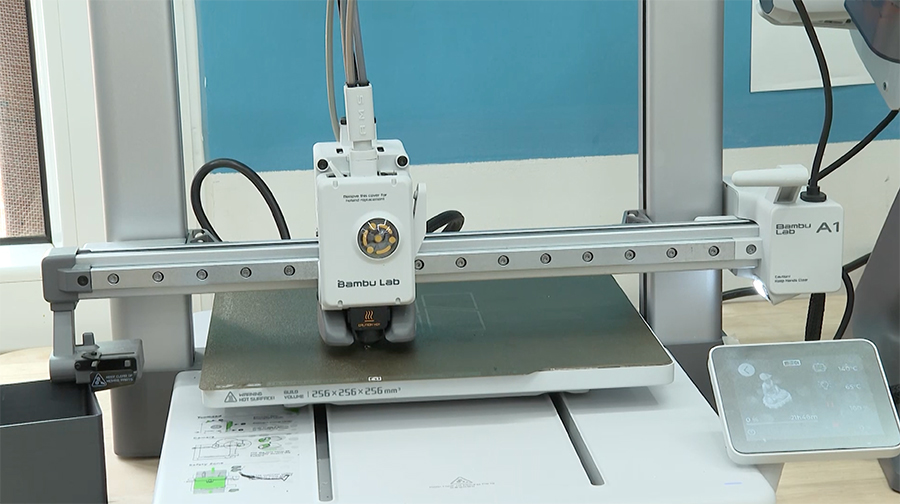 He added that the company is offering technical assistance to the lab in manufacturing the device by providing guidance on crucial components, key details, and proper handling of intricate parts.
He added that the company is offering technical assistance to the lab in manufacturing the device by providing guidance on crucial components, key details, and proper handling of intricate parts.
Meanwhile, the Associate Director of the Jigme Namgyel Wangchuck Super FabLab stated that this partnership sets a precedent and expressed confidence in collaborating with other international companies to manufacture high-quality products locally.
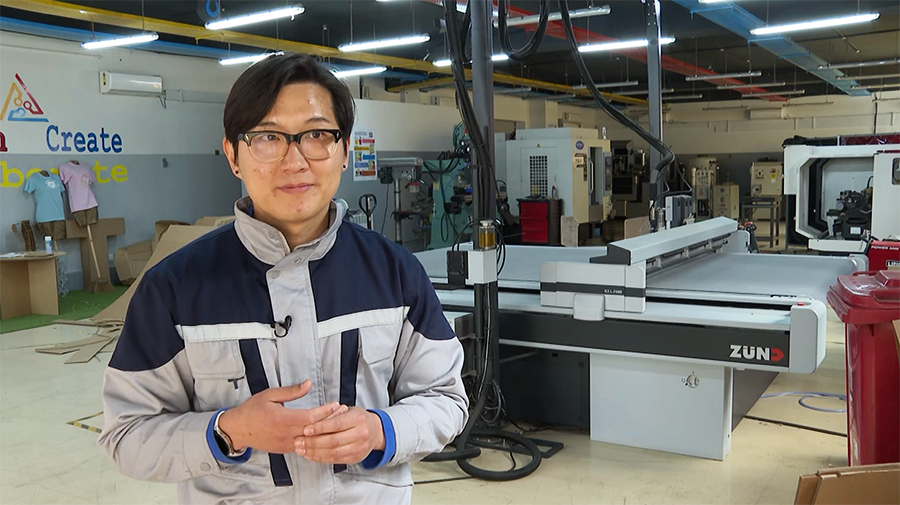 Pema Wangchug, Associate Director of the Department of Innovation and Technology at Jigme Namgyel Wangchuck Super FabLab said “Since this was our first international partner for local fabrication, we had to learn a great deal about customer care, maintaining clear communication, and ensuring high quality. It has been a valuable experience for us, and we have gained a lot of confidence. Now, we are certain that we can meet, if not exceed, the expectations of any future partners.”
Pema Wangchug, Associate Director of the Department of Innovation and Technology at Jigme Namgyel Wangchuck Super FabLab said “Since this was our first international partner for local fabrication, we had to learn a great deal about customer care, maintaining clear communication, and ensuring high quality. It has been a valuable experience for us, and we have gained a lot of confidence. Now, we are certain that we can meet, if not exceed, the expectations of any future partners.”
The director also said that the device’s production primarily relies on 3D printing with Polylactic Acid (PLA) filament, resulting in minimal waste, which is an added advantage.
Despite some initial learning challenges, the Jigme Namgyel Wangchuck Super FabLab successfully met the required quality standards.
Pema Wangchug said “I believe this sets a precedent for more partnerships between JNW-SFL and companies not just in Japan, but also in other regions. It’s a significant achievement for Bhutan, demonstrating that we can produce and fabricate products for the international market, meeting the standards and tolerances expected by Japanese manufacturing and business sectors.”
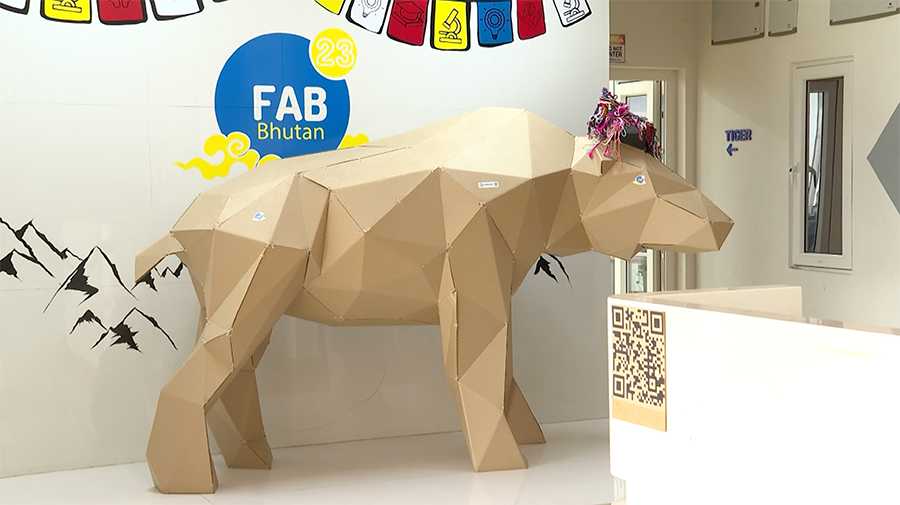 Today, the Jigme Namgyel Wangchuck Super FabLab stands out as an art facility in the country, offering capabilities in working with metals, wood, acrylics, plastics, rubber, and fabric, as well as molding and design. More than just a fabrication space, it is a platform for creativity, collaboration, and product development.
Today, the Jigme Namgyel Wangchuck Super FabLab stands out as an art facility in the country, offering capabilities in working with metals, wood, acrylics, plastics, rubber, and fabric, as well as molding and design. More than just a fabrication space, it is a platform for creativity, collaboration, and product development.
While FabLabs exist worldwide with varying levels of fabrication, only five Super FabLabs exist globally.
Sonam Yuden
Edited by Phub Gyem







